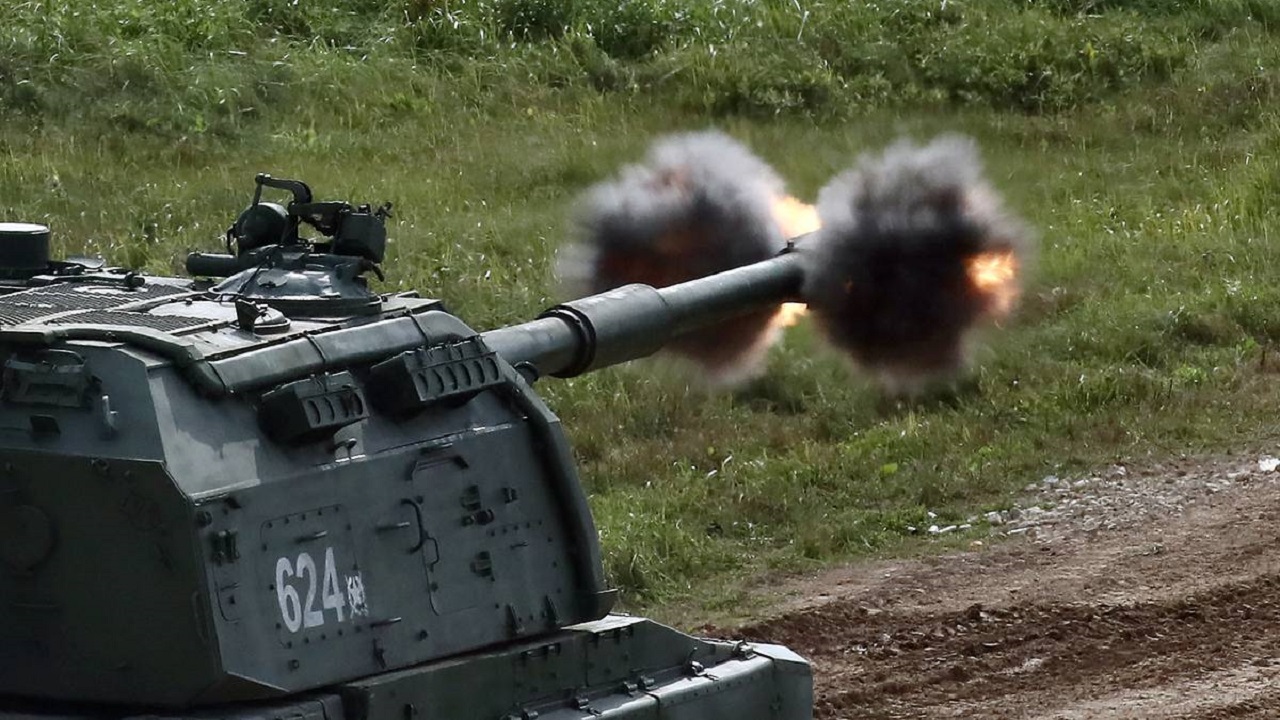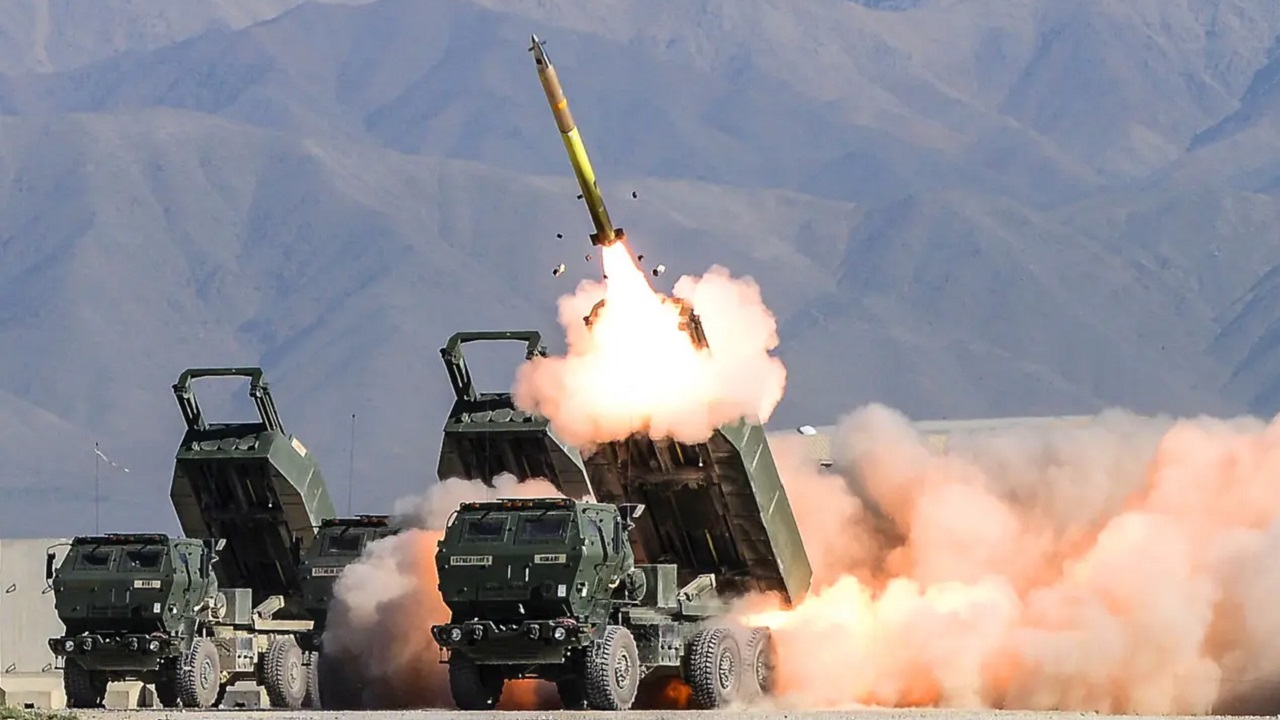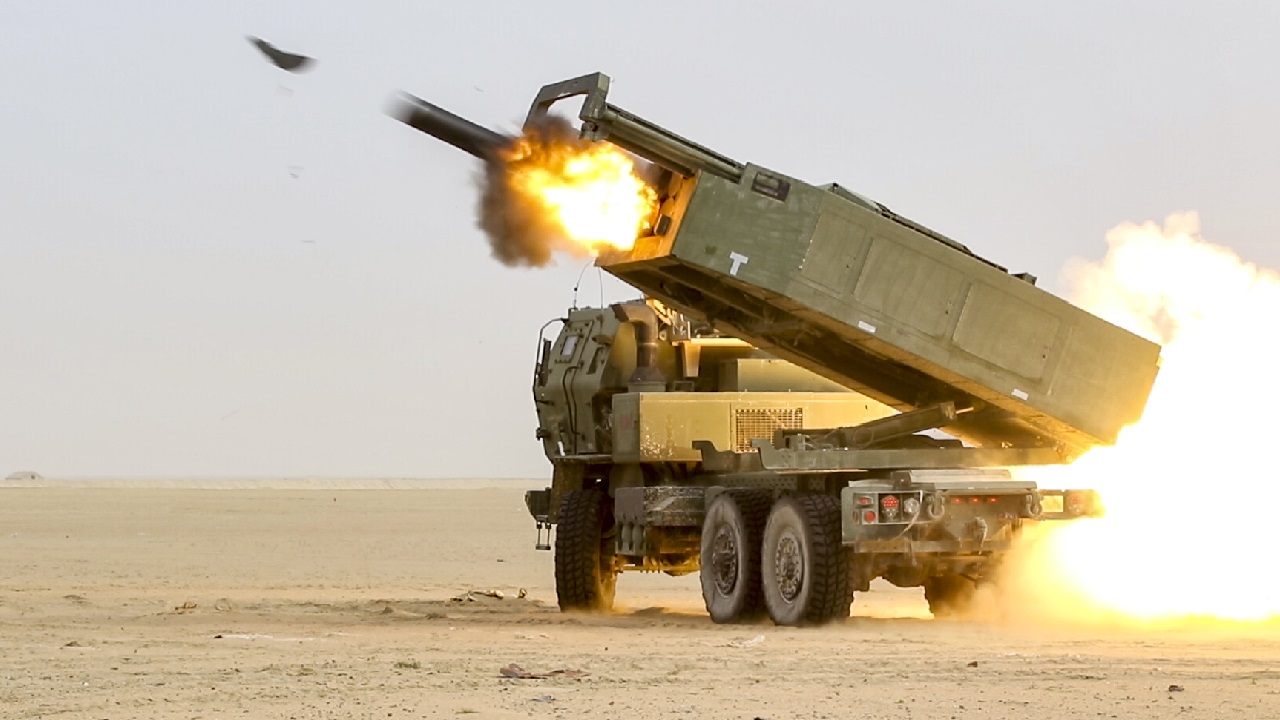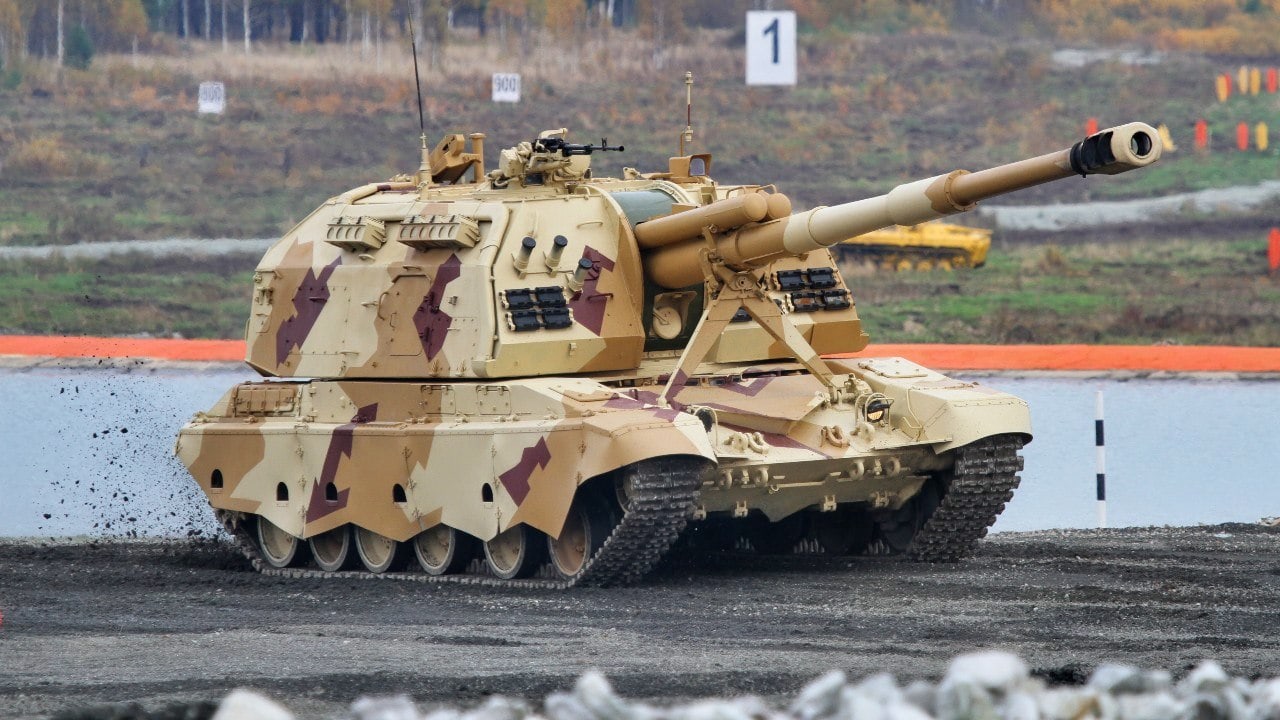Article Summary and Key Points: As Ukraine’s war begins to slow, attention turns to the future of its battered military. Facing manpower shortages, depleted equipment, and heavy losses, Ukraine will need extensive rebuilding to enforce any ceasefire.
-Key challenges include recruiting younger soldiers, replenishing ammunition, and acquiring modern armored vehicles and drones.

Russian Msta Artillery. Image Credit: Creative Commons.
-Training in NATO-style combined-arms tactics is essential. Continued Western military aid remains critical, especially from the United States.
-With Russia unlikely to ease pressure immediately, Ukraine must consolidate existing territory, strengthen defenses, and prepare to patrol a potential demilitarized zone. Rebuilding Ukraine’s military capabilities will take significant time, resources, and international support.
Can Ukraine’s Military Recover After the War? Here’s What It Needs
While the war in Ukraine has not officially stopped, it has perhaps begun to wind down. Ukrainian forces continue to exit Russia’s Kursk region. U.S. President Donald Trump’s negotiating team made a breakthrough earlier this week and presented a ceasefire proposal to which Ukrainian President Volodymyr Zelensky seemed amenable, although Russia was not impressed and vowed to fight on. Russian President Vladimir Putin wants his military to take back all of Kursk before stopping the fight. He doesn’t want to give Ukraine a breather.
If a ceasefire is followed by a lasting peace, what will Ukraine’s military look like? Ukrainian troops will likely need to patrol a demilitarized zone established by a Korea-like armistice. They will need personnel to keep the peace. They will also need tanks and armored vehicles to remain at the front, airplanes to enforce a no-fly zone, and drones to keep patrolling the skies.
Give Ukraine Credit for Using Foreign-Made Weapons Systems
Ukraine’s defense industry is less mature than Russia’s, but its defenders have done an excellent job integrating foreign military equipment into their tactics, operations, and strategy. Numerous countries donated exotic weapons systems that rarely have technical manuals printed in Ukrainian. But despite these language barriers, and a tough learning curve for weapons training, Ukraine has been able to effectively use foreign military hardware and munitions.
Recruitment Efforts Need a Boost
Ukraine’s manpower levels have ebbed and flowed. At times recruitment is impressive, with highly motivated troops joining the frontlines. At other times, people have deserted or dodged the draft. Ukraine’s military has suffered high casualties—more than 70,000 dead and 120,000 injured—and the country will need a whole new group of recruits to police a demilitarized zone, should a peace plan be negotiated.
The country also needs younger troops. The average Ukrainian frontline infantry soldier is more than 40 years old, and these troops are often in poor health after serving so long. The draft age is 25, but if the Ukrainian government could lower that to 18, they would have a bigger pool of people to recruit from. War is a young man’s game, after all.
Ukraine also has a shortage of staff officers. That lack of expert assistance has forced leaders to take more time to make battlefield decisions. In addition, Ukraine needs more experienced non-commissioned officers with high levels of institutional knowledge about effective tactics, techniques, and procedures.
What Does the Equipment Situation Look Like?
Battlefield losses of major items have been difficult to estimate, but many Ukrainian units have no tanks or armored-vehicle support and are without artillery fire for maneuver. They have long-range multiple-launch artillery fire systems like HIMARS and ATACMS, but rockets and missiles must be replenished by the United States. Ukraine can produce about 40 percent of the equipment and ammunition it needs, but it must rely on international donors for the rest.

HIMARS test. Image Credit: Wisconsin National Guard.
While the provision of man-portable anti-tank missiles was a huge difference-maker early in the war, the Ukrainians now need more armored vehicles. Ukrainian forces are short on howitzer shells for field artillery. Tactics-wise, they must employ the modern combined-arms principles taught by the United States and shift away from previous training that emphasized Soviet-style doctrine.
“The UAF continues to seek Western equipment to replace losses and provide improved capabilities and survivability. Ukrainian officials also note the importance of continued ammunition supplies, especially as fighting remains dominated by artillery. Additionally, the UAF has identified needs in logistics, breaching equipment [e.g., mine clearing], electronic warfare, counter-drone technology, intelligence, and secure communications,” according to the U.S. Congressional Research Service.
The Ukrainians Really Could Use a Break
The Ukrainian military needs time to rebuild if it is to protect the homeland after a ceasefire formalizes existing battlelines in the Donbas region. Ukraine is deficient in many aspects. The army needs new and younger recruits, non-commissioned officers, and staff officers. They could use more FPV drones. New tanks and armored personnel carriers would be nice. Artillery shells must be restocked. Missiles for ATACMS and HIMARS have to be replenished. More fighter planes for air policing along the Russia border would be advantageous.
The Ukrainian army will be weak for months. Things do not look good without U.S. assistance. This is an army that is worn out and tired of fighting. They definitely could use a ceasefire, and the Russians know that. This is why Kyiv agreed to halt hostilities, while the Russians have demured until they have a more favorable picture of the battlefield.

U.S. Soldiers assigned to the 65th Field Artillery Brigade fire a High Mobility Artillery Rocket System (HIMARS) during a joint live-fire exercise with the Kuwait Land Forces, Jan. 8, 2019, near Camp Buehring, Kuwait. The U.S. and Kuwaiti forces train together frequently to maintain a high level of combat readiness and to maintain effective communication between the two forces. (U.S. Army photo by Sgt. Bill Boecker)
Look for Ukraine to reorganize and consolidate the terrain they do control until there is an official ceasefire. The war has ground down friendly forces, and it is not likely Ukraine can pry any more land from Russia. The next step for Kyiv is to enforce and patrol a DMZ during a ceasefire period.
About the Author: Dr. Brent M. Eastwood
Brent M. Eastwood, PhD is the author of Don’t Turn Your Back On the World: a Conservative Foreign Policy and Humans, Machines, and Data: Future Trends in Warfare plus two other books. Brent was the founder and CEO of a tech firm that predicted world events using artificial intelligence. He served as a legislative fellow for U.S. Senator Tim Scott and advised the senator on defense and foreign policy issues. He has taught at American University, George Washington University, and George Mason University. Brent is a former U.S. Army Infantry officer. He can be followed on X @BMEastwood.

